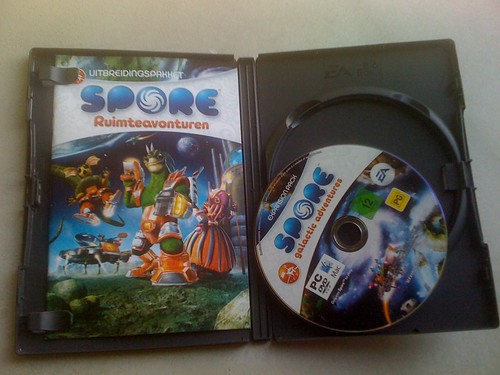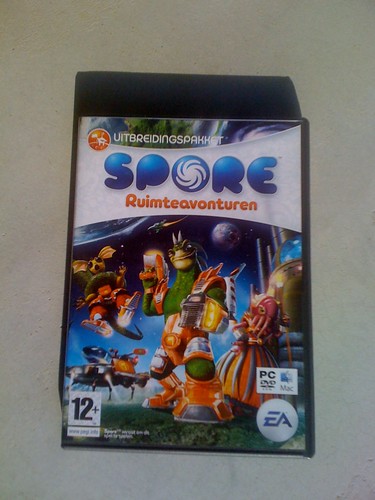I recently bought a cycle trainer for indoor training: Tacx Blue Motion T2600 for 185€ at fiets.be, a local cycling store. Using my Garmin 800, i could record my heartrate, cadence and speed while riding a workout. Since I have no power meter on my bike, I was barred from a feature that higher and more expensive trainers offer. But in the documentation of the trainer, I found a graph showing a linear relation between speed and power. So if I just could add this to the recorded file before submitting it to Strava, I would have trainer for less than 200€ with power measurement. This is the graph:
<Trackpoint>
<Time>2014-01-29T20:38:59Z</Time>
<AltitudeMeters>157.4000244</AltitudeMeters>
<DistanceMeters>14850.7099609</DistanceMeters>
<HeartRateBpm xsi:type="HeartRateInBeatsPerMinute_t">
<Value>139</Value>
</HeartRateBpm>
<Cadence>92</Cadence>
<Extensions>
<TPX xmlns="http://www.garmin.com/xmlschemas/ActivityExtension/v2" CadenceSensor="Bike">
<Speed>8.4530001</Speed>
</TPX>
</Extensions>
</Trackpoint>
At this time, the speed was 8.4530001 meter per second. To convert this to km/h, we have to divide by thousand and multiply by 3600 (the number of seconds in an hour). So speed_in_kmperh = speed /1000.0 * 60 *60 = 30.43080036 km/h. The power developed at that moment was : 30.43080036/6.0*50.0 = 253.590003 Watts. We convert to integer : 253 Watt.
To add this to the TCX file, we add a line <Watts>253</Watts> as follows:
<Trackpoint>
<Time>2014-01-29T20:38:59Z</Time>
<AltitudeMeters>157.4000244</AltitudeMeters>
<DistanceMeters>14850.7099609</DistanceMeters>
<HeartRateBpm xsi:type="HeartRateInBeatsPerMinute_t">
<Value>139</Value>
</HeartRateBpm>
<Cadence>92</Cadence>
<Extensions>
<TPX xmlns="http://www.garmin.com/xmlschemas/ActivityExtension/v2" CadenceSensor="Bike">
<Speed>8.4530001</Speed>
<Watts>253</Watts>
</TPX>
</Extensions>
</Trackpoint>
The next step was to automate the calculation of the power and adding it to the TCX file. I wrote the following Python script to do that:
prompt> python vpower.py > vpower_29-01-14\ 20-53-27.tcxI uploaded the resulting TCX file to Strava and obtained this:
Of course, the power in this workout is based on the fact that I left the lever om my trainer on position 5 during the whole workout. If you change the position of the lever during the workout, this approach will give wrong results.
Is this approach of "virtual power" accurate ? Not as accurate as power meters on the bike but usable I would argue. The concept of "virtual power" is also supported by Trainer Road Software. Later, I found an interactive graph of the speed power relation for Tacx Blue Motion on the website of Tacx. From that graph, I could obtain more precise datapoints : at 60 km/h power is 407 Watt. So next time I use my script, I will use power = speed_in_kmperh / 60.0 * 407.0 as power formula.

















